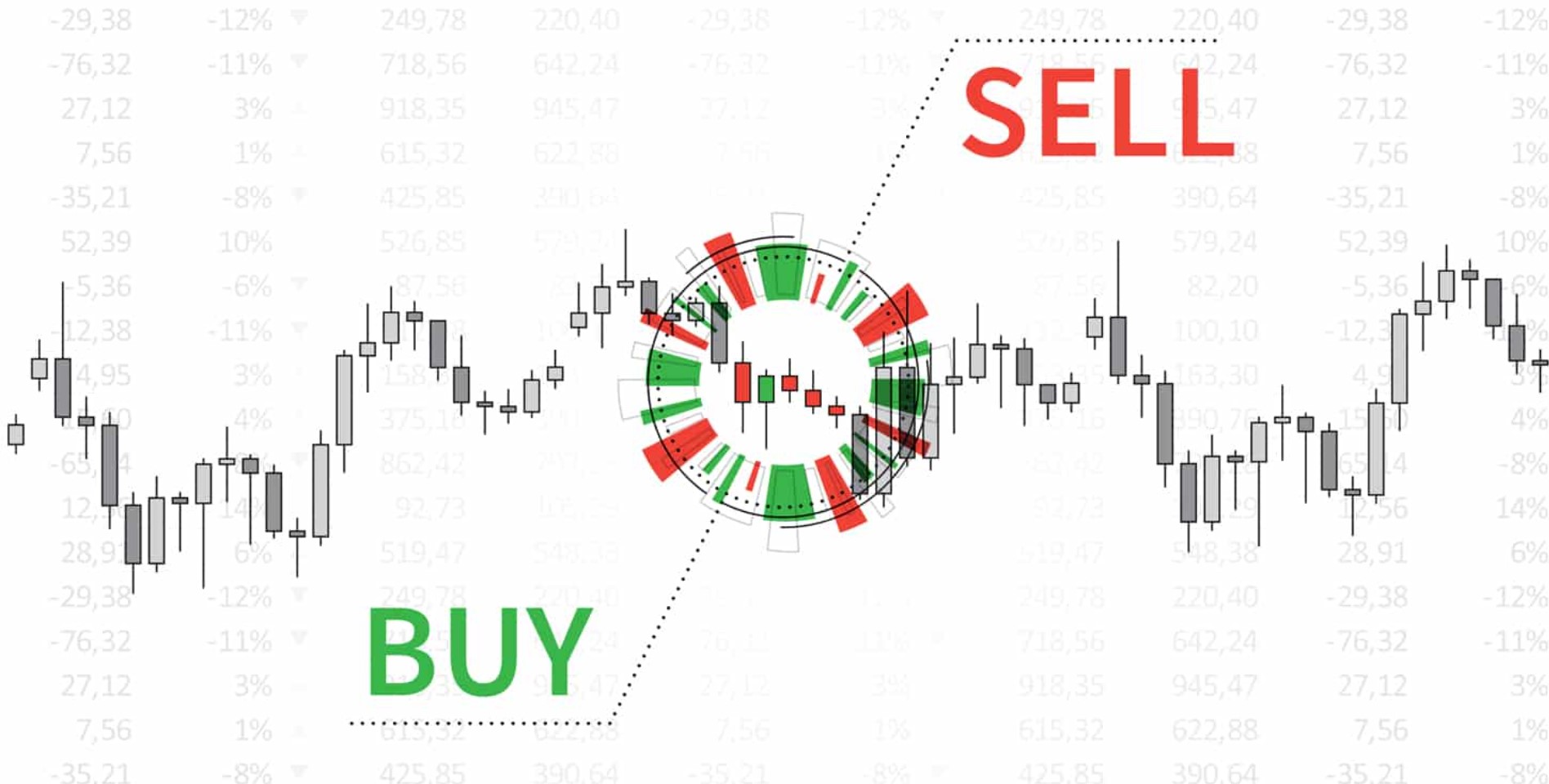Whether you’re a seasoned investor or just starting, understanding various order types and execution strategies is crucial for making successful trades and managing your portfolio effectively. We will delve into the intricacies of different order types and explore various execution strategies used by traders and investors to optimize their trading experience.
Order Types and Execution Strategies Explained
Order Types and execution strategies are essential components of the trading process. Let’s delve into the details of each:
Order Types
- Market Order is one of the most common order types used in trading. When you place a Market Order, you are requesting to buy or sell a security at the best available price in the market. It guarantees execution but does not guarantee the price at which the order will be executed.
- Limit Orders allow you to set a specific price at which you want to buy or sell a security. When you place a Buy Limit Order, it will execute at the limit price or a lower price. On the other hand, a Sell Limit Order will execute at the limit price or a higher price. This order type offers more control over the execution price but does not guarantee execution.
- Stop Orders are designed to limit potential losses or protect profits. A Buy Stop Order is placed above the current market price, and it becomes a Market Order when the security’s price rises to or above the stop price. A Sell Stop Order is placed below the current market price and becomes a Market Order when the security’s price falls to or below the stop price.
- Stop-Limit Orders combine the features of Stop Orders and Limit Orders. When the stop price is triggered, the order becomes a Limit Order instead of a Market Order. This allows investors to have more control over the execution price, but it also carries the risk of the order not being executed if the limit price is not reached.
Execution Strategies
- Scalping is a trading strategy that involves making multiple quick trades throughout the day to profit from small price movements. Scalpers aim to make small profits on each trade, which can accumulate to significant gains over time.
- Day Trading is a short-term trading strategy where traders open and close positions within the same trading day. They do not hold positions overnight, minimizing the risk associated with market fluctuations that can occur outside regular trading hours.
- Swing Trading is a medium-term strategy where traders hold positions for several days or weeks. They aim to capitalize on short- to medium-term price movements and often use technical analysis to identify potential entry and exit points.
- Position Trading is a long-term strategy where traders hold positions for weeks, months, or even years. They base their decisions on fundamental analysis and macroeconomic trends, seeking to benefit from long-term market trends.
- Algorithmic Trading, also known as automated trading, involves the use of computer programs to execute trades based on predefined criteria and algorithms. This strategy allows for faster execution and eliminates emotional biases that can impact human traders.
- High-Frequency Trading is a subset of algorithmic trading that relies on high-speed computers to execute a large number of trades in fractions of a second. HFT strategies aim to profit from small price discrepancies and require sophisticated technology and infrastructure.
FAQs
Q: What are the main order types used in trading?
A: The main order types used in trading are Market Orders, Limit Orders, Stop Orders, and Stop-Limit Orders.
Q: What is the difference between a Market Order and a Limit Order?
A: Market Orders execute at the best available price in the market, while Limit Orders allow you to set a specific price at which you want to buy or sell a security.
Q: How do Stop Orders work?
A: Stop Orders become Market Orders when the security’s price reaches the stop price. A Buy Stop Order triggers when the price rises to or above the stop price, while a Sell Stop Order triggers when the price falls to or below the stop price.
Q: What is the advantage of using Algorithmic Trading?
A: Algorithmic Trading offers faster execution and eliminates emotional biases, making it an efficient strategy for executing trades.
Q: How does Swing Trading differ from Day Trading?
A: Swing Trading involves holding positions for several days or weeks, whereas Day Trading involves opening and closing positions within the same trading day.
Q: Is High-Frequency Trading suitable for individual retail traders?
A: High-Frequency Trading requires advanced technology and infrastructure, making it more suitable for institutional traders rather than individual retail traders.
Consequence
Understanding different Order Types and Execution Strategies is vital for anyone involved in the financial markets. Whether you’re a trader or an investor, using the right order type and execution strategy can significantly impact your trading success. From Market Orders to High-Frequency Trading, each strategy has its own advantages and risk factors. By incorporating these insights into your trading approach, you can enhance your decision-making process and strive for more profitable outcomes.

